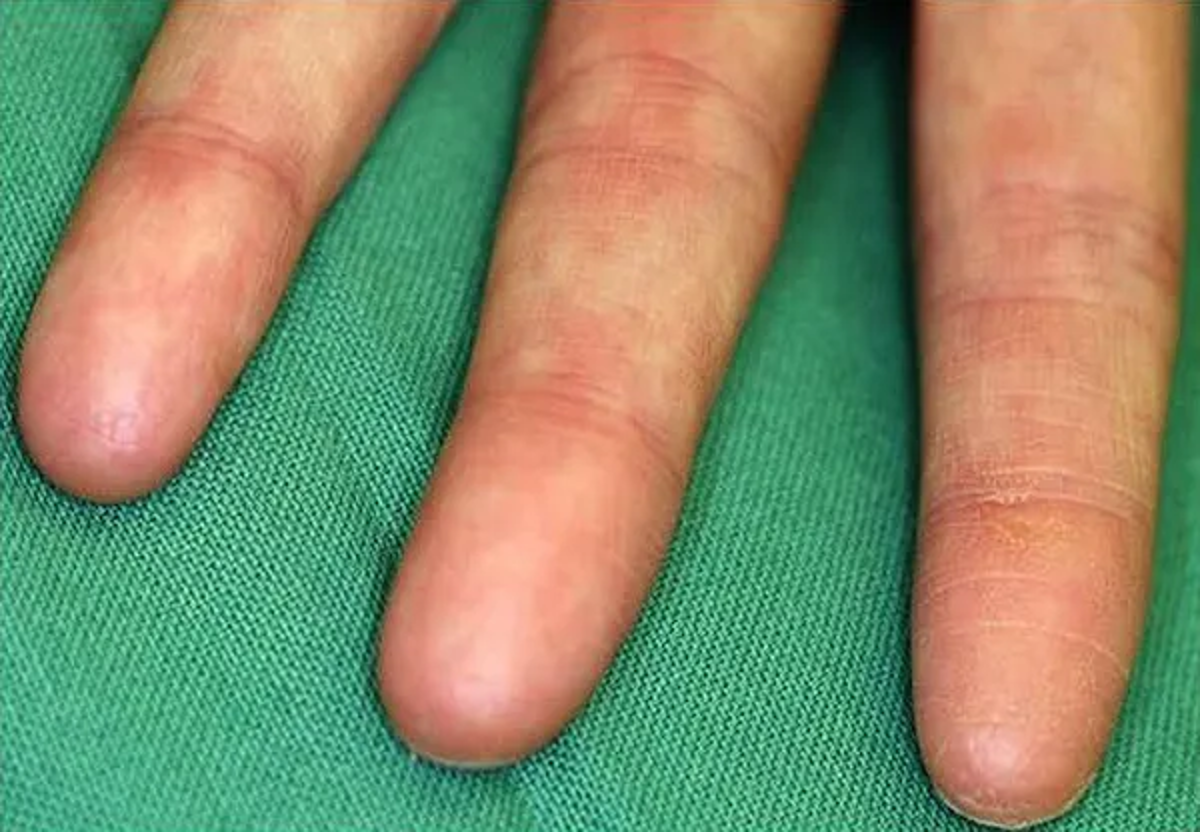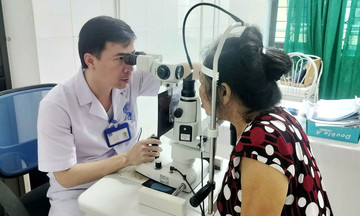The incident occurred almost two decades ago. As per regulations, non-US citizens are required to have their fingerprints scanned upon entry, but the woman explained she was born without them.
Border security personnel were baffled. Upon further investigation, Dr. Itin, now a professor and director of dermatology at the University of Basel, Switzerland, discovered 8 other members of the woman's extended family shared the same characteristic. Their fingertips were entirely flat, lacking the ridges and whorls that form fingerprints in most people.
They were all healthy, with only minor signs such as underdeveloped sweat glands. They didn't suffer from any serious skin diseases or internal health issues. The condition was entirely different from previously documented genetic syndromes like NFJS or dermatopathia pigmentosa reticularis. These diseases cause fingerprint loss but are accompanied by brittle hair, weak teeth, or severe pigmentation disorders.
Dr. Itin then collaborated with Israeli dermatologist Eli Sprecher and a team of experts to track down the cause. They found three other unrelated families with the same genetic trait. After genetic analysis, the research team identified the culprit as a rare mutation in the SMARCAD1 gene, leading to a syndrome they named "adermatoglyphia," also known by a simpler moniker: immigration delay disease.
Adermatoglyphia is so rare that only about 5 to 10 families worldwide are known to have it. Those affected have no fingerprints on their fingers, palms, or soles, and therefore often experience difficulties with biometric verification processes like immigration, paperwork, or unlocking electronic devices. However, health-wise, they develop normally and experience no serious effects.
 |
The fingers of a person with adermatoglyphia. Photo: Eli Sprecher |
The fingers of a person with adermatoglyphia. Photo: Eli Sprecher
The cause of this condition lies in a mutation in the non-coding region of the SMARCAD1 gene, specifically at the splice-site. This is where exons, the sections carrying genetic information for protein production, are spliced together into complete instructions, enabling cells to read and synthesize mRNA. This mutation affects a version of the SMARCAD1 protein that is only active in the skin, thereby disrupting the formation of skin ridges during embryonic development.
Normally, skin ridges, which are fingerprints, begin to develop between the 10th and 16th week of pregnancy. This process occurs through the coordination of the epidermis and dermis layers, under the influence of numerous biological signals and proteins involved in building skin structure. Without the skin isoform of SMARCAD1, ridge formation is disrupted, causing the skin on the fingertips to become flat and lack characteristic patterns.
Adermatoglyphia is inherited in a dominant pattern. Only one mutated copy of the gene is sufficient for the condition to manifest. This explains why many people in a family can share the trait of lacking fingerprints, while other relatives do not.
The findings of Dr. Itin and Dr. Sprecher's team provide a better understanding of adermatoglyphia, a rare genetic syndrome that does not severely impact health. However, its social impact is significant. With identity verification relying heavily on biometric technologies, the absence of fingerprints poses a major obstacle in many life situations. Some individuals have been stopped at airports, unable to complete administrative procedures, or encountered problems using technological devices.
Beyond its practical medical value, adermatoglyphia offers a research opportunity into the process of skin ridge formation, a previously understudied area. The discovery of the role of a skin-specific protein isoform opens up the possibility of deeper understanding of other dermatological conditions, as well as the mechanisms of gene activity during pregnancy, a highly complex and sophisticated process. With its extreme rarity and mild symptoms, adermatoglyphia can be seen as a vivid demonstration of the diversity of human genetics.
Thuc Linh (Smithsonian Magazine, MedlinePlus)












